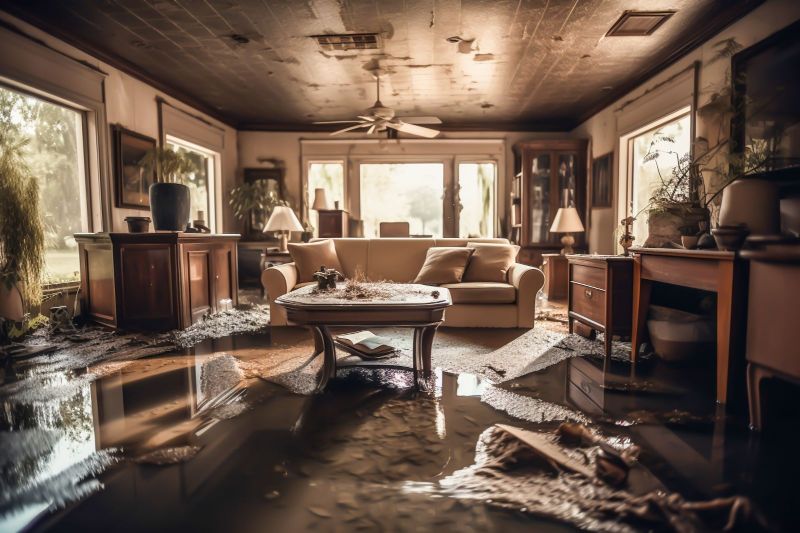Water damage can be a homeowner's worst nightmare, wreaking havoc on your property and causing significant stress. Whether it's a burst pipe, a roof leak, or a natural disaster, water damage can lead to structural issues, mold growth, and even health concerns if not addressed promptly. In this blog post, we'll explore the essential steps and solutions for water damage restoration, helping you rescue your home and restore it to its former glory.
1. Assess the Extent of the Damage
The first step in any water damage restoration process is to assess the extent of the damage. This involves identifying the source of the water intrusion and understanding how far it has spread. Be sure to turn off the water source if it's a burst pipe or leak to prevent further damage.
Professional Tip: Take photos and document the damage for insurance purposes. This will help you when filing a claim.
2. Ensure Safety First
Safety should always be your top priority. If the water damage is extensive, it's crucial to ensure the safety of yourself and your family. Turn off the electricity to affected areas if it's safe to do so, and wear protective gear, including gloves and a mask, to avoid contact with contaminated water.
3. Remove Standing Water
The next step is to remove any standing water from your home. Depending on the amount of water, you can use a wet/dry vacuum, buckets, or even call a professional water extraction service. The sooner you remove the water, the better, as it prevents further damage and reduces the risk of mold growth.
4. Dry Out the Affected Areas
Once the standing water is removed, it's essential to thoroughly dry out the affected areas. Use fans and dehumidifiers to speed up the drying process. If the damage is severe, consider removing damaged drywall, insulation, or flooring to facilitate drying and prevent mold growth.
5. Disinfect and Clean
Water damage often involves contaminated water, which can pose health risks. After drying out the area, it's crucial to disinfect and clean all surfaces thoroughly. Use appropriate disinfectants to ensure that mold and bacteria are eliminated.
Professional Tip: If you're dealing with mold, consult with a professional mold remediation specialist. Mold can be hazardous to your health, and proper removal is essential.
6. Repair and Restore
With the area clean and dry, you can begin the repair and restoration process. This may involve replacing damaged drywall, insulation, flooring, or other structural components. It's essential to address any structural issues to ensure your home is safe and secure.
7. Prevent Future Water Damage
To prevent future water damage, consider taking proactive measures:
- Regularly inspect and maintain your home's plumbing and roofing systems.
- Install sump pumps and a water alarm system in basements and crawl spaces.
- Ensure proper drainage around your home's foundation.
- Keep your gutters and downspouts clean and in good repair.
- Invest in waterproofing solutions for vulnerable areas.
8. Work with Professionals
While some water damage restoration tasks can be tackled as DIY projects, it's often best to work with professionals, especially for extensive damage or mold issues. Experienced restoration experts have the knowledge, equipment, and expertise to handle the situation effectively.
9. Contact Your Insurance Company
If you have homeowner's insurance, contact your insurance company as soon as possible to report the water damage. Provide them with all the documentation and photos you collected during the assessment phase. Your insurance policy may cover the cost of repairs and restoration.
10. Stay Vigilant
Even after completing the restoration process, it's crucial to stay vigilant and monitor your home for any signs of recurrent water damage or mold growth. Regular maintenance and inspections can help you catch potential issues early and prevent further damage.
Water damage restoration can be a challenging and stressful process, but it's essential to take immediate action to rescue your home. By following these steps and seeking professional help when needed, you can mitigate the damage, restore your property, and prevent future water-related issues. Remember, time is of the essence when dealing with water damage, so act quickly to protect your most significant investment—your home.

